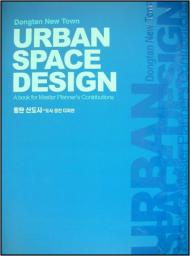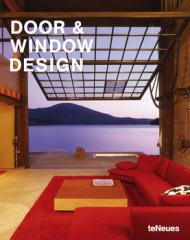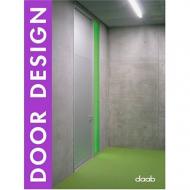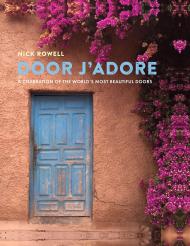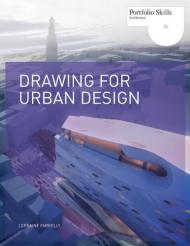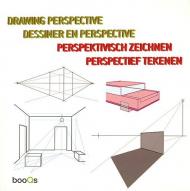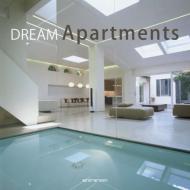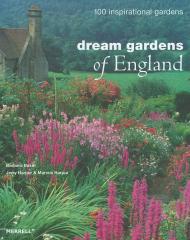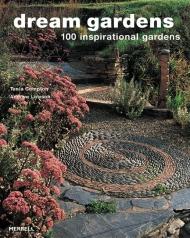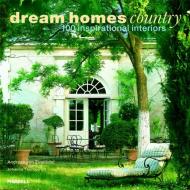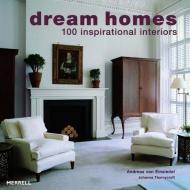For over eight decades domus has been the world's most influential architecture and design journal. Founded in 1928 by the great Milanese architect Gio Ponti, it has consistently highlighted the characteristic styles of each age, from Art Deco, Modernism, Functionalism, to Pop, Postmodernism and Late Modern. Beautifully designed and documented, domus presents the most exciting projects from around the world.
Each volume of TASCHEN's domus reprint collection reproduces a selection of the magazine's original pages, packed with articles tracing the history of modern design and architecture. Available as 12 separate volumes covering 1928-1999, this series is a major publishing event and a must-have item for design and architecture institutions and practices, architects, designers, students, and anyone who loves design.
1990–1994: The next generation
The early 1990s saw a generational shift in architecture and design: domus documented the rise of architects Tadao Ando, Jean Nouvel, David Chipperfield, Philippe Starck, Rem Koolhaas, Peter Eisenman, Jacques Herzog, and Pierre de Meuron, while still featuring architectural greats like Frank O. Gehry, Mario Bellini, Richard Meier, Renzo Piano, Norman Foster, and Santiago Calatrava. In product design, Marc Newson, Rodney Kinsman, Jasper Morrison and Fernando and Humberto Campana made waves.
Издательства
- Rizzoli (481)
- Thames & Hudson (156)
- Prestel (149)
- Gestalten (106)
- Braun (105)
- teNeues (71)
- Vendome Press (60)
- DOM Publishers (51)
- Monacelli Press (50)
- Phaidon (49)


